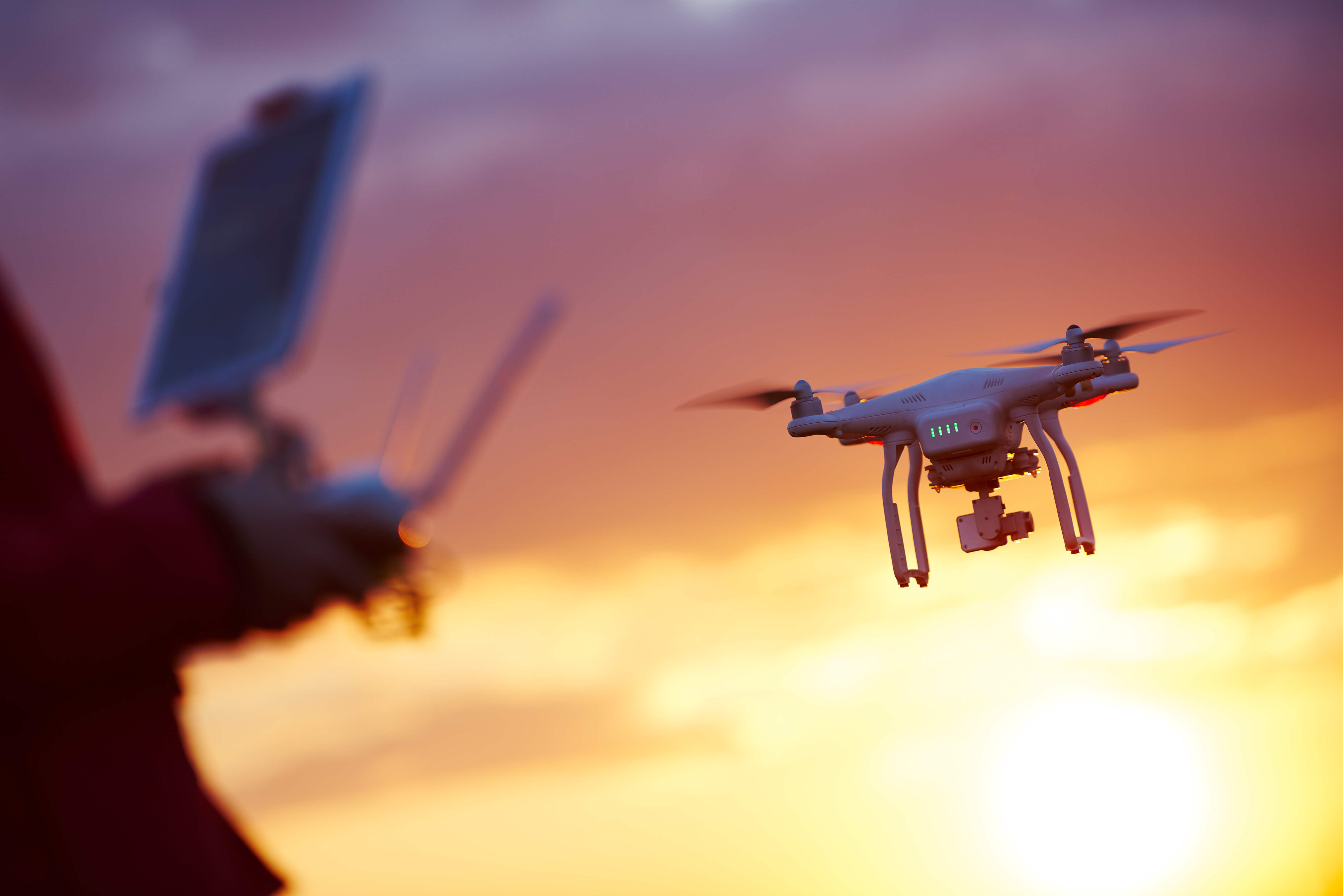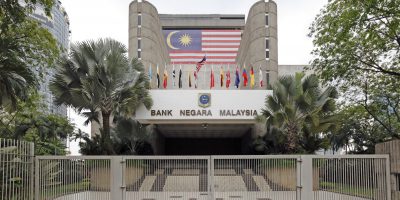
A bus waits in its lane in Kobe, Japan. While most are testing out self-driving cars for the taxi-taking crowd, SoftBank is focused on putting autonomous buses on the roads in Japan. Source: Shutterstock
Japan may set up regulatory sandboxes to test drones, self-driving vehicles
JAPAN’S government is looking into introducing a “regulatory sandbox” in three locations next year as the country continues to build up infrastructure to encourage technological innovation in various verticals.
As reported by Nikkei Asian Review, new technologies from autonomous vehicles and long-range drones could be allocated specific areas to test their feasibility and operations. The sandbox would allow innovators a chance to test their products and ideas in the real world, but away from civilian areas for safety reasons.
In regulatory sandbox areas, various urban regulations and rules could be suspended for a period of time; these include rules against drones and vehicles operating outside the line of sight of operators, as well as no-fly zones and altitudes. By allowing innovators to operate without as many regulations in a controlled environment, many safety and operational kinks can get worked out before these technologies get pushed out to wider audiences.
Several municipalities are to be selected by the Cabinet Office, including the city of Chiba – located near Tokyo – and Semboku in the northern prefecture of Akita. Both Chiba and Semboku already have experience with hosting autonomous vehicles and long-range drones due to their statuses as National Strategic Special Zones. In these zones, certain regulations have been relaxed by the national government.

Japan will select certain prefectures to allow innovators to test their drones and self-driving vehicles. Source: Shutterstock
A third location has yet to be announced, but there are expectations that it will be in Tokyo, Osaka or Aichi prefectures.
Tokyo has already said that it intends on allowing autonomous vehicles to be tested on the roads surrounding Haneda Airport this past spring.
Aside from allocating spaces for sandbox testing, the Cabinet Office also said that they would create various bodies that would review test results based off a set of criteria, such as safety.
These bodies would involve the efforts of engineers, legal experts, consumer group representatives, and regulatory bodies. These bodies would also be in charge of determining which regulations and laws can be suspended in order for these trials to take place.
Futhermore, the government wants to make it even easier for innovators of “next-generation technologies” by streamlining and smoothening the pre-approval procedures for testing.
Currently, conversations are taking place between various stakeholders in order to identify the various processes that can be put into place to allow these tests to run without jeopardizing the safety and security of local civilians and businesses.
READ MORE
- Safer Automation: How Sophic and Firmus Succeeded in Malaysia with MDEC’s Support
- Privilege granted, not gained: Intelligent authorization for enhanced infrastructure productivity
- Low-Code produces the Proof-of-Possibilities
- New Wearables Enable Staff to Work Faster and Safer
- Experts weigh in on Oracle’s departure from adland




